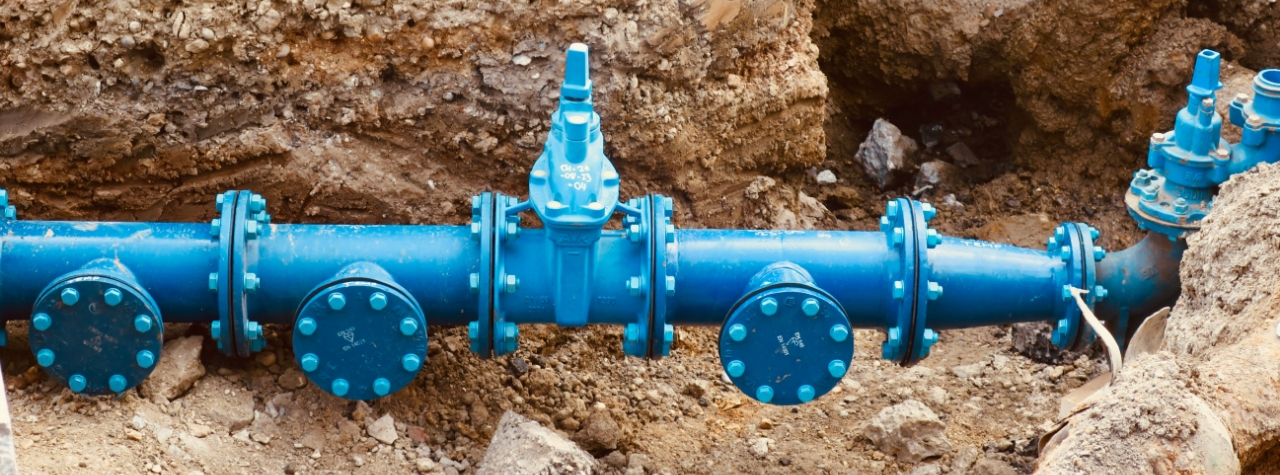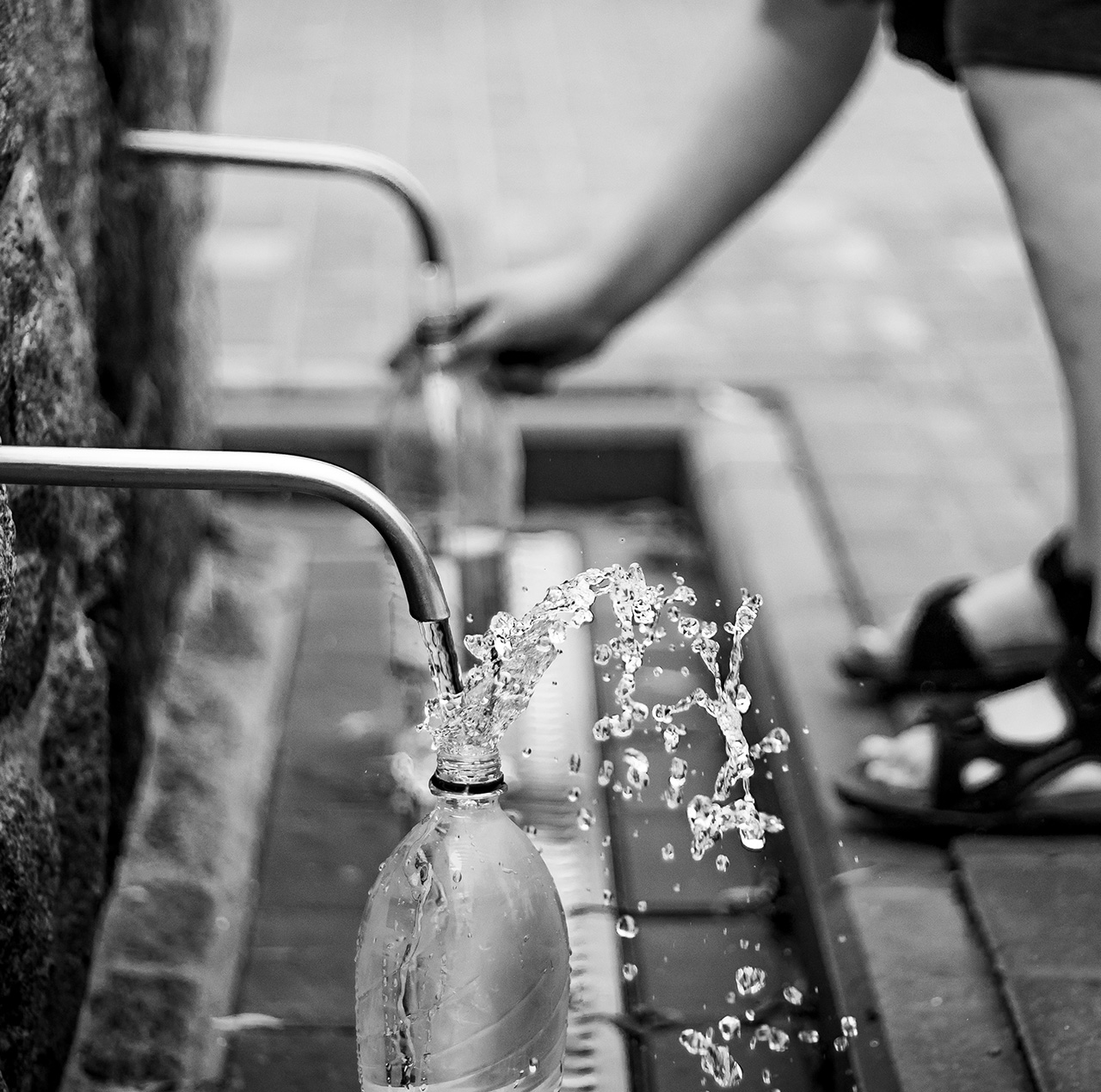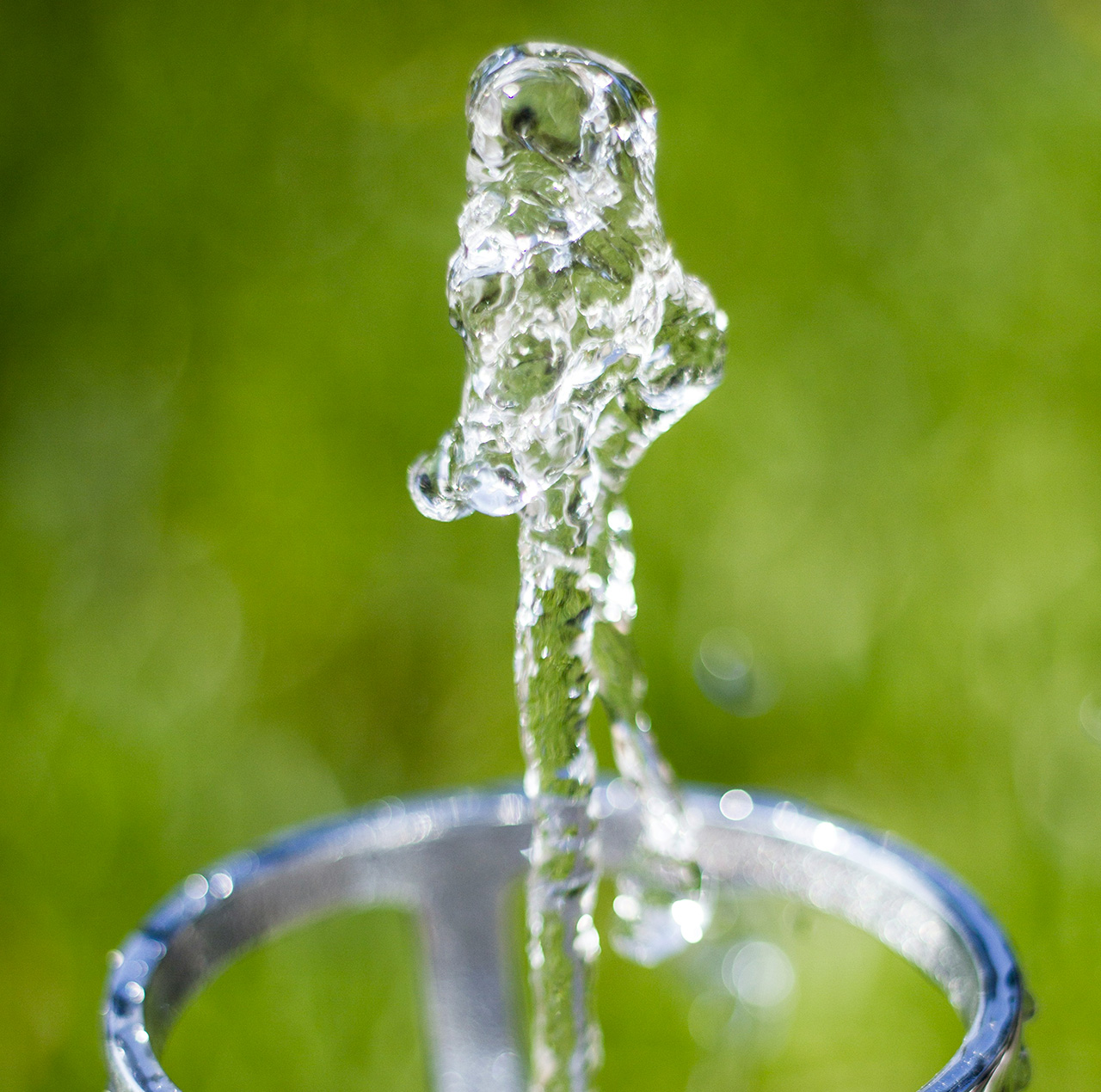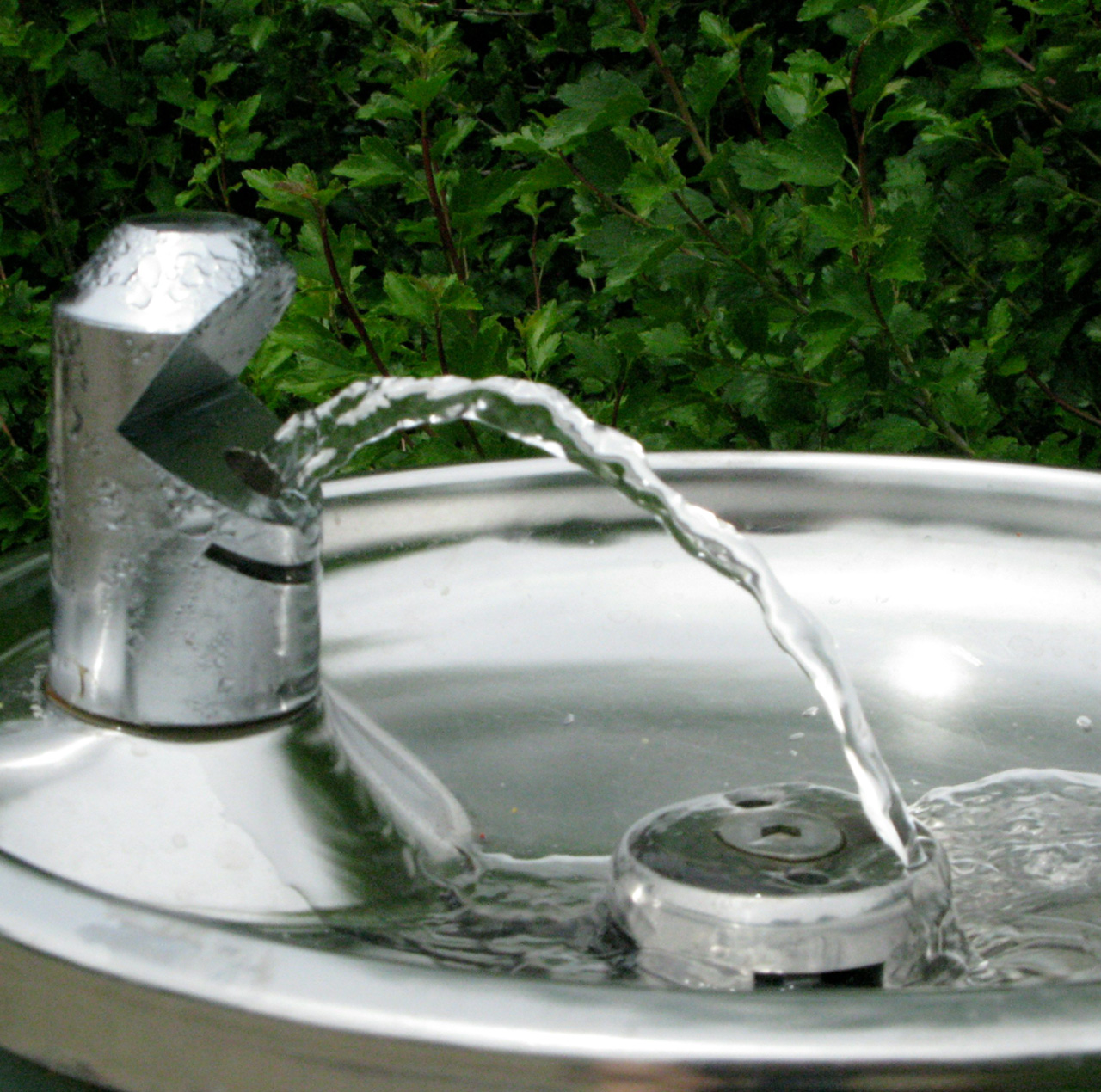Georgia, Inland Waterways, National Category
Startup Uses Drone for Cleaning Water, Collecting Data


The nation’s water infrastructure is aging and underfunded. More than 9 million existing lead service lines pose health concerns, and in 2023, the Environmental Protection Agency (EPA) determined that the nation’s water infrastructure needs stand at $625 billion over 20 years. That exceeds EPA’s 2018 assessment by more than $150 billion. The 2021 Infrastructure Investment and Jobs Act (IIJA) invested more than $30 billion for drinking water capital improvements, removal of lead service lines, and addressing emerging contaminants such as per- and polyfluoroalkyl substances (PFAS). However, funding shortfalls continue in state revolving funds that support drinking water. Challenges to utilities include aging infrastructure, emerging contaminants, and the increasingly severe effects of extreme weather. Many drinking water utilities are actively improving infrastructure through innovations such as asset failure prediction technologies, which improve the ability to identify issues before they become failures. Unfortunately, only about 30% of utilities have fully implemented an asset management plan, and just under half are in the process of implementing one. Federal agencies and programs are also able to provide financial and technical support to utilities meeting new regulations and replacing dangerous pipes, so the burden of rate increases does not fall too harshly on the public water systems of small communities.
the equivalent of over 50 million Olympic sized swimming pools of water
every year
Congress reallocated more than $1 billion from the Drinking Water State Revolving Fund for
Congressionally designated projects, or earmarks
require more than $625 billion over the next 20 years
to reach a state of good repair

Drinking water infrastructure in the U.S. comprises more than 2 million miles of underground transmission and distribution lines. Some of the nation’s oldest pipes were laid in the 19th century, and pipes laid post–World War II have an average lifespan of 75 to 100 years, meaning that many of even the newer pipe segments are reaching or have reached the end of their design life. As of 2023, the average life expectancy of these pipes is just over 78 years, which is 6 years less than in 2018.
Water utilities primarily pay to operate and maintain water infrastructure through user rates. Utilities charge rates to cover the infrastructure and other operating expenses, including treatment plants, underground pipes, water storage, and the workforce that operates and maintains the system. Between 2012 and 2023, monthly household water bills increased by roughly 64%, standing at an average of $51, primarily due to increased labor costs and pressure from inflation. Just over 47% of water utilities reported an increase in per-account water sales, significantly more than the 28% that reported increases in 2020, before the start of the COVID-19 pandemic. Despite this, only 20% of water utilities reported being fully able to cover the cost of drinking water services.

ASCE’s 2024 Bridging the Gap economic study found that the projected gap between drinking water infrastructure needs and investments in 2024 stood at $309 billion and is expected to grow to $620 billion by 2043.19 According to the EPA’s 2023 national needs assessment, America needs $625 billion over the next 20 years to reach a state of good repair. That is 30% more than its previous assessment in 2018.
While this provides a snapshot of the nation’s needs and does not contain data from every public water system in the country, the most recent assessment had a response rate of 97% of utilities from whom data was requested.21 Water distribution and transmission infrastructure accounts for $421 billion (67%) of total future needs, followed by treatment needs accounting for 55.3 billion (17%).
Water utilities are taking steps to improve responsiveness to maintenance challenges. The sector is using industry- related expertise, data, and predictive technologies to streamline the process of defect detection and asset failure prediction. These efforts are reducing reactive replacements and improving proactive, planned maintenance. Industry guidelines encourage 65% scheduled to 35% reactive maintenance. From 2015 to 2023, the portion of utilities that have improved their ability to track the planned-to-reactive maintenance ratio has increased from 37% to 42%. Furthermore, of the utilities tracking this ratio, more are seeing improvements in their ratio: 21% growing to 27% over the same period. Finally, approximately 70% of water utilities have a pipe replacement program, indicating that utilities are taking a proactive approach to replacing aging and failing infrastructure.

Since 1974, the EPA has regulated the nation’s public drinking water supply through the Safe Drinking Water Act (SDWA). In 2022, only 4% of public water systems reported violations of a health-based drinking water standard where a contaminant was detected that exceeded allowable limits or water treatment requirements were not met, roughly equal to 2020 and 2021.
The effects of more extreme and frequent weather events continue to place stress on the nation’s water systems, making resilience key. Increasingly powerful hurricanes, high winds, and more frequent flooding can lead to pipe breakage, can cause poor water quality, and can impede the efficient operation of water systems. Drought conditions that produce more frequent wildfires can impact physical infrastructure and water quality. In 2018, Congress passed the America’s Water Infrastructure Act, which required drinking water utilities to complete risk and resilience assessments of their systems. Utilities serving populations with at least 50,000 people were required to certify completion of these assessments by 2020; utilities serving 3,300 to 50,000 people were required to certify by 2021. However, by 2023 only 72% of utilities had implemented or were in the process of preparing risk and resilience assessments. Utilities are required to complete these assessments every five years and will be required to submit their latest assessments by 2025 (2026 for smaller utilities). Despite this, in 2024, utilities ranked increasing their systems’ resilience to climate extremes and other uncertainties as a top priority.

Photo Attributions

Select your home state, and we'll let you know about upcoming legislation.
"*" indicates required fields